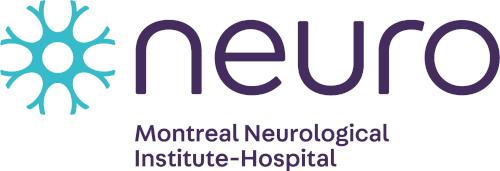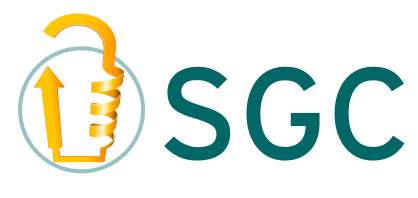 |
 |
 |
 |
 |
 |
Biotech and Innovation

The prevailing view in biomedicine and drug discovery is that we need more “innovation”.
At the SGC, we (narrowly) interpret “innovation” to mean novel targets and mechanisms because we believe this sort of innovation will have the greatest impact on unmet medical needs.
To this end, SGC scientists try to work on human proteins that for various reasons have been “neglected” by the biomedical community, but that they believe are still relevant for drug discovery. Our freedom to focus on these less popular (innovative?) proteins has been enabled by our public and private sector funders, who endorse this mandate. Indeed, our unique funding structure in which the public and private sector share the risk is probably one of the only ways to support this type of innovation.
But in the wider community, “innovation” is often synonymous with the biotechnology industry. And biotech scientists are indeed innovative. But biotech’s sort of innovation is different than ours. Industry scientists do not have the opportunity to focus their efforts on discovering new validated targets and mechanisms. More often, they develop innovative ways to tackle established (“validated”) drug discovery mechanisms. This situation arises because there is a disconnect between drug discovery timelines (5-10 years) and the need for biotech investors to recoup their investment (usually 2-5 years). If selling (quickly) is of paramount importance, then biotech management simply has to adopt decision-making and risk-mitigation approaches that mirror those of their main customer - pharma. This is quite rational, but not a recipe for SGC’s definition of innovation.
As an illustration of what I mean, in the late 1990’s, a group us founded Affinium Pharmaceuticals in Toronto, with the aim to exploit structural genomics and structure-guided drug design to invent new medicines for the novel target revealed by the genome sequencing projects. At the same time in San Diego, Structural GenomiX and Syrrx were founded with similar aims. We all quickly learned that the investment structure of (even well-funded) biotech companies doesn’t allow that sort of freedom. Within years, we were all focusing on more traditional, validated drug targets.
It should be emphasized that the science in SGX, Syrxx and Affinium was innovative and outstanding. Structural GenomiX was sold to Eli Lilly. Syrxx was purchased by Takeda and its inhibitor of DPP IV is on the market (albeit the 5th one). Affinium in-licensed a narrow-spectrum antibiotic program and its lead antibiotic is now in Phase II clinical trials. Affinium’s decision to develop a novel narrow-spectrum antibiotic was a business risk and it looks like it might pay off. With all this concern about antibiotic resistance, let’s hope it does!
And so all the companies might all be considered successes. Indeed, the half a billion dollars or more that was invested in aggregate into these companies partially supported the development of a drug on the market and another in late clinical trials. Not a bad output.
Can biotech deliver outstanding science? Yes.
Can biotech deliver creative, more cost-effective ways to develop clinical candidates? Yes.
Will biotech be the source of innovative targets and mechanisms? Nope
But that’s just the realities of business – and why we embarked on our different “innovation” model….
